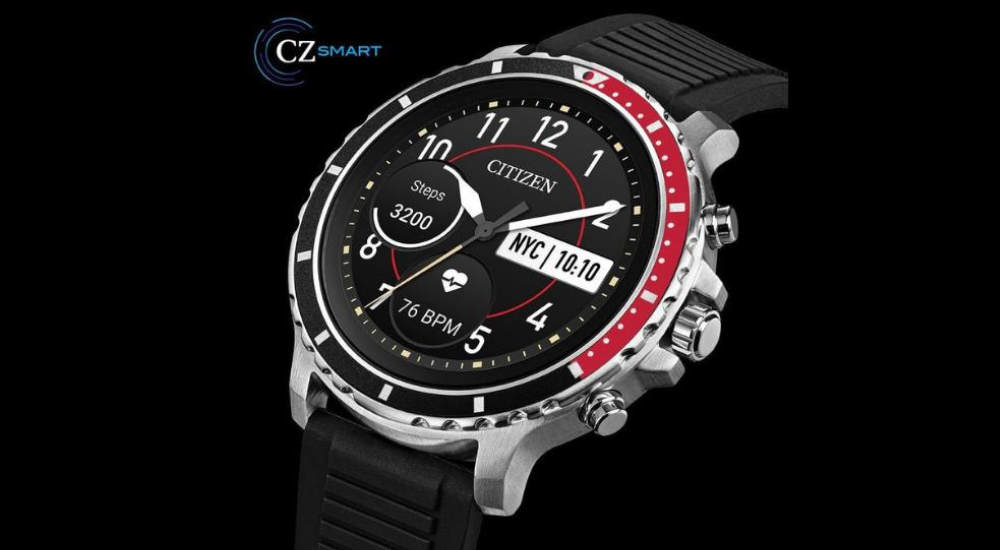The History Behind Ball Watch

One of our favorite timepiece collections that we carry at Koser Jewelers is Ball Watch. Ball Watch is known for creating luxury timepieces that look great and perform well in adverse conditions. There are many things that set Ball Watch apart from other brands.
For example, all Ball Watches are equipped with self-powered micro gas light technology that will keep their brightness for at least 25 years. They have also created other impressive innovations, such as a 7,500 G force shock resistance, the -40 degree Celsius temperature rating, and a patented crown protection system.
However, one of our favorite aspects of Ball Watch is the history behind it! Here is a brief history of the company and its founder, Webster C. Ball.
The History of Ball Watch
The history of Ball Watch is tied closely to the railway industry. Before trains became a major form of transportation, there wasn’t a real need for precise timekeeping. Most local communities in the US kept their own time and did not worry about synchronizing with nearby communities.
Everything changed on April 19, 1891. On that day, the fast mail train (also known as No. 4) was traveling west on the Lake Shore & Michigan Southern Railroad in Kipton, Ohio. Miles away, the Accommodation was leaving Elyria, a city about 25 miles from Cleveland. The engineer and conductor of the Accommodation had been told what time the No. 4 would be near and were instructed to let the train pass them at Kipton.
Relying on the engineer, the conductor of the Accommodation never looked at his own watch. But unbeknownst to both of them, the engineer’s watch had stopped for four minutes and then begun to run again, so it was not keeping accurate time. In this situation, every minute is absolutely critical.
After leaving Oberlin (the station before Kipton), the engineer believed he had seven minutes before meeting with the No. 4, but he only had three. The two trains collided at Kipton while the No. 4 was going full speed. This terrible accident, which would become known as the Great Kipton Train Disaster, resulted in the death of both train engineers and nine clerks.
After this disaster, Lake Shore officials asked Webb C. Ball to investigate the Time and Watch conditions throughout the area and to help them create an inspection system that would prevent future problems. He immediately set up a standardized time, as well as regular checks on railroad workers’ watches. These checks were performed only by approved watchmakers, who ensured there were no variations over 30 seconds between watches. (When the watches were set to the correct time, they were said to be “on the Ball,” which is where many people believe the popular phrase comes from!)
This system became the standard for railroads and eventually helped to establish accuracy and uniformity in timekeeping. Thanks to Webster C. Ball’s system, whenever accuracy was required, railroad time was recognized as the standard.
To this day, Webster C. Ball’s company, Ball Watch, continues to be a respected luxury watch brand in the US. Though the look of Ball watches have changed over the years, they continue to strive for superior timekeeping and a high standard of reliability.



